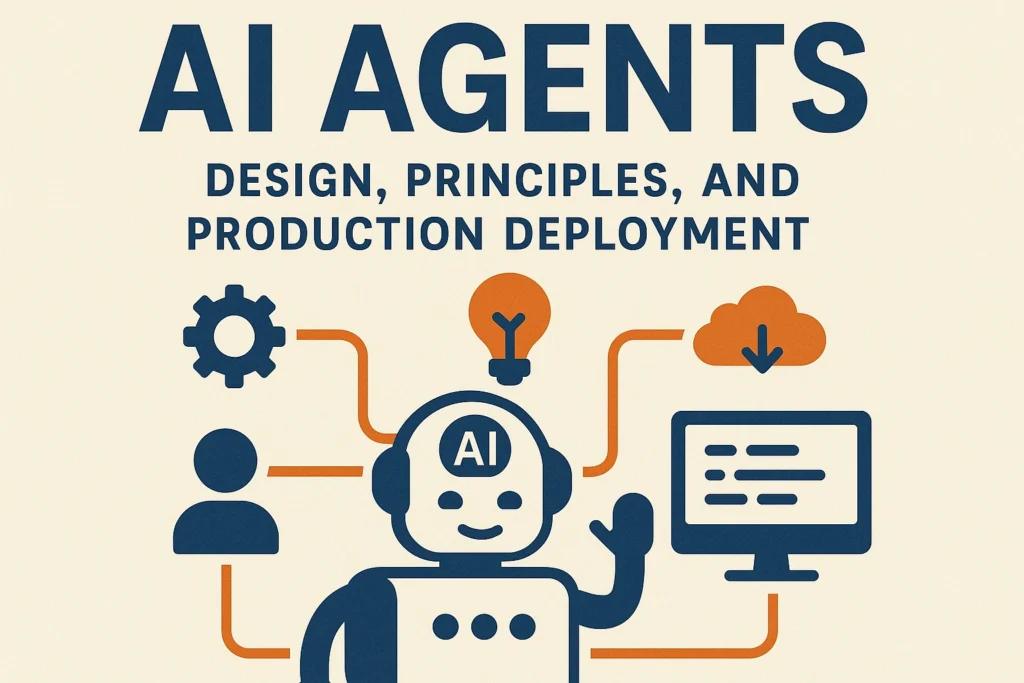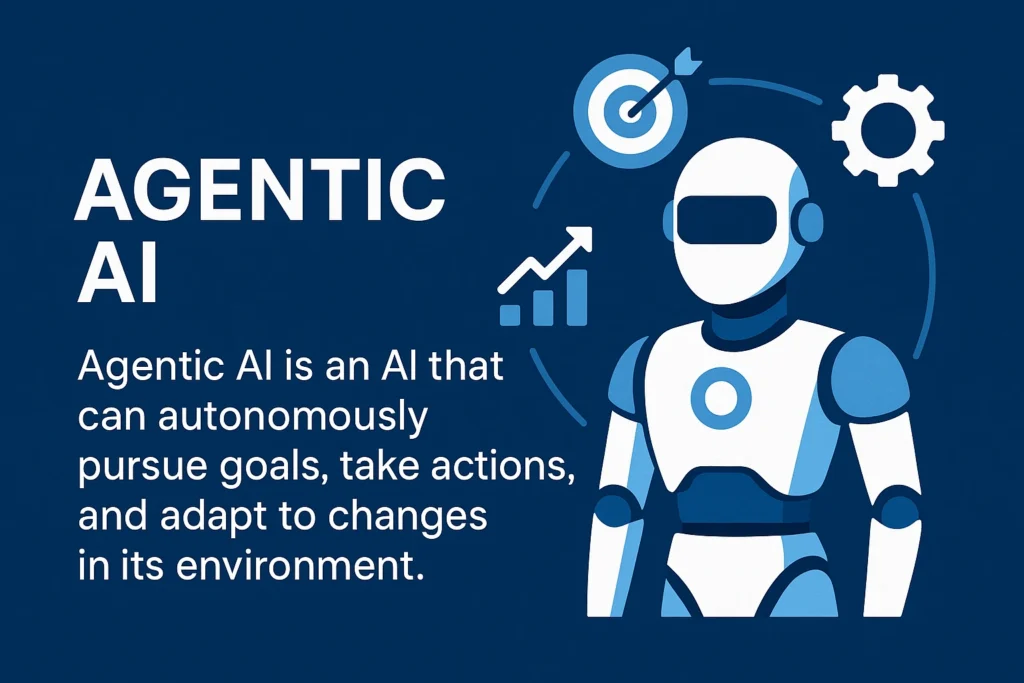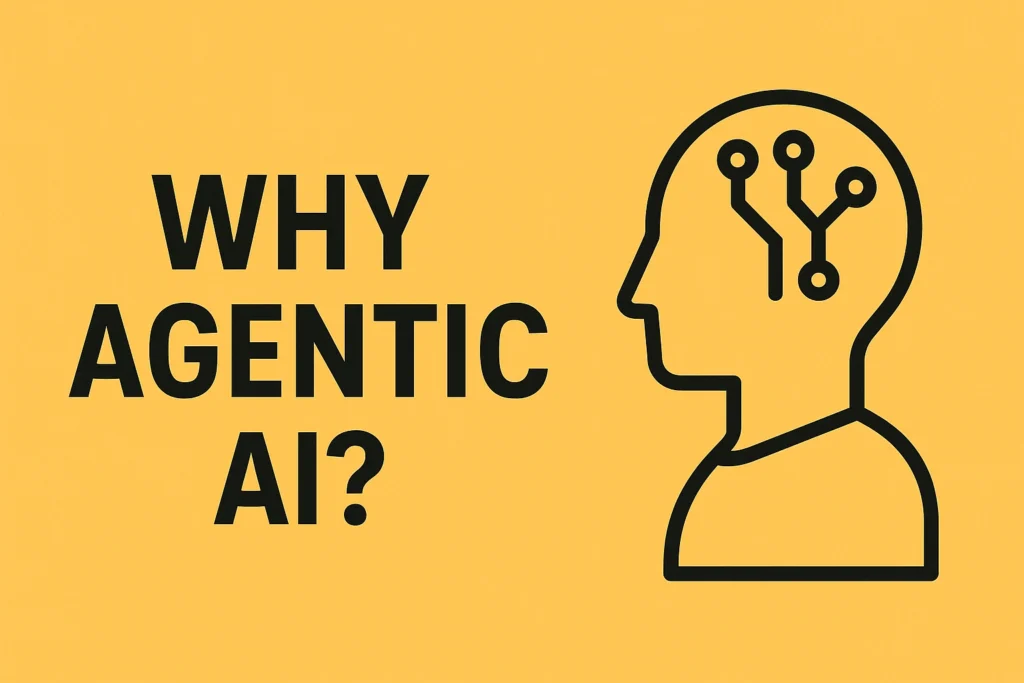Table of Contents
ToggleAI Agents: Design, Principles, and Production Deployment

AI Agents for Beginners
This tutorial document summarizes key concepts, facts, and actionable insights of AI Agents for Beginners". It covers the fundamental components of AI agents, their design principles, practical application through various design patterns, and considerations for production deployment.
1. Core Components of an AI Agent
An AI agent is a sophisticated system designed to understand user requests, formulate plans, and execute actions to achieve specific tasks. Its core components are:
Large Language Model (LLM)
The "reasoning" engine of the AI agent. The LLM identifies tasks, creates a plan to complete them, and orchestrates actions. As stated, it uses the LLM "to recognize the task of the user would want to complete identify what available tools are needed to complete that task and memory to gather the information and data that's needed to complete that task."
Memory
- Short-term (Contextual): The immediate conversation history between the user and the agent, allowing for continuity and avoiding repetition. The course demonstrates this by showing an agent remembering a user's dislike for a suggested destination and offering an alternative without repeating the first.
- Long-term: A collection of data that allows the agent to "improve over time in completing the task," such as user preferences or accumulated knowledge.
Tools
External services, APIs, functions, or data sources that enable the agent to perform specific actions or retrieve information. These are crucial for expanding an LLM's capabilities beyond its training data, allowing it to "interact with these tools such as a calculators APIs to tell us about flight status or a function within our application handling currency exchange."
2. Agentic Frameworks
Agentic frameworks are tools that provide builders with greater control over task management, contextual understanding, and agent collaboration. They are essential for building robust AI agent systems.
Purpose
- Task Management: Help decide "what agent will complete that task," especially in multi-agent scenarios.
- Contextual Understanding: Allow agents to "have information about the context and environment state" (e.g., knowing if hotel rooms are available before booking).
- Agent Collaboration: Enable agents to "communicate between each other" using defined spaces and protocols.
- Observation and Evaluation: Provide "tools or connections to allow us to observe and evaluate our agents performance."
Key Frameworks/Services Discussed
- Azure AI Agent Service: Best for single-agent use cases, integrating well with existing Azure services.
- Semantic Kernel: An "enterprise focused framework" offering support for C#, Java, and Python, with various connectors. Prioritizes developer experience for production environments.
- Autogen: Developed by Microsoft Research, with a "strong focus on taking the latest in agentic research and enabling other researchers and developers to test and experiment with those ideas in code."
Recommendation
"start small working with one agent through something like the Azure AI agent service and then when you have an agents working you can combine them by using one of the frameworks that has multi- agent support like semantic kernel or autogen."
3. Principles for Good AI Agent Design
Three core principles contribute to effective and trustworthy AI agents:
Space (Environment)
The environment where the agent operates. Focus on connecting events, people, and knowledge. Agents should be easily discoverable and able to transition between foreground and background.
Application:
Provide clear UI/UX instructions on agent use cases, limitations, and basic operation.
Time (Operation Over Time)
How the agent operates and improves over time with the user. This involves connecting to past events and enabling reflection.
Application:
Show users past prompts and interactions in the UI to demonstrate how long-term context is utilized.
Core (Embracing Uncertainty)
Acknowledging that LLMs' planning introduces uncertainty. Trust and transparency are built by empowering users with visible controls and feedback tools.
Application:
Offer diverse controls like turning the agent on/off, similar to video playback controls. The course emphasizes "empowering them with visible controls and feedback tools."
4. Key Design Patterns and Their Applications
The course explores several design patterns that enhance AI agent capabilities:
Tool Use Design Pattern
- Concept: Allows LLMs to interact with external tools (APIs, databases, functions) to complete tasks that require real-time data or specific actions beyond their training data.
- Benefits: Enables agents to create database queries, retrieve real-time information (e.g., customer loyalty points), connect to CRM systems, and automate complex workflows by combining tools.
- Considerations: Security (least privilege access) and robust error handling are critical, as "sadly we don't live in a perfect world where the services that the agent might be using are always running."
- Demonstration: An agent uses
get_destinationsandget_availabilityfunctions, demonstrating how LLMs interpret natural language (e.g., "not in Europe") and call appropriate tools without explicit coding for every scenario.
Agentic RAG (Retrieval Augmented Generation)
- Concept: Extends basic RAG by having the agent analyze a query, create a plan of smaller tasks, and determine necessary data sources and tools. It can also verify if retrieved information is sufficient and iterate the process if needed.
- Distinction from Basic RAG: "a Gentigra adds a new level of capability to it to start on the query side the agent performs an analysis of the query to create a plan of smaller tasks to use the data sources and tools it will need to answer that query."
- Benefits: Handles complex queries requiring multiple steps and systems, and maintains long-term memory to improve future attempts.
- Demonstration: An agent answers questions about travel insurance by retrieving relevant documents (basic RAG) and also answers temperature queries by first checking retrieved context and then calling a
weather_infoplugin if needed, showcasing combined RAG and tool use.
System Message Framework
- Concept: A scalable and repeatable way to generate effective system messages for AI agents. It involves using a basic system message as input to an LLM, which then generates a more specific and detailed prompt.
- Benefits: Ensures clear instructions for agent responsibilities, tone, style, and interaction. Facilitates iterative prompt refinement, allowing for easy tweaks and scaling across multiple agents. "the system message framework allows you to iterate better by making tweaks to the template generating system messages over time to improve across all your agents."
Planning Design Pattern
- Concept: The AI agent explicitly lists the subtasks required to complete a complex task. This plan can then be processed by other agents or systems.
- Benefits: Clarifies complex tasks, especially beneficial for multi-agent systems where subtasks are delegated to specialist agents. Enables structured output and validation, ensuring information completeness for downstream processes. The course highlights the LLM's power to "understand natural language and you can think of that how powerful this is going to be if we want to then relay this to descriptions of hotels that we have in a database and we make sure that then this is a family-friendly hotel."
Multi-Agent Design Pattern
- Concept: Multiple AI agents collaborate to achieve a common goal.
- Types of Collaboration:
- Group Chat: Messages are broadcasted, and a manager (often another agent) routes tasks to the appropriate specialist agent (e.g., airline customer service with agents for booking, complaints, flight status).
- Handoff Pattern: Agents complete sequential steps in a defined workflow, passing information to the next agent.
- Collaborative Filtering: Each agent acts as a specialist, providing unique perspectives or inputs for analysis.
- Demonstration: A "reviewer/checker" pattern with a "concierge" agent reviewing recommendations from a "front desk" agent. The concierge provides feedback for refinement, ensuring "non-touristy experiences," and the interaction terminates upon the concierge's approval. This illustrates "using an agent to refine those results and giving back a better suggestion."
Metacognition Design Pattern
- Concept: Enables AI agents to "think about thinking" – using data and analysis to identify errors, reflect on decisions, and make improvements in planning and responses over time.
- Benefits: Leads to agents that are "more unique from a basic application using an LLM," adaptable to changing environments, and capable of improving accuracy. It allows agents to incorporate past user preferences (long-term memory) into future decisions.
- Demonstration: An agent tracks and applies user flight time preferences across conversations, demonstrating how it "reflects essentially on that information or interactions in the past" to provide a more streamlined and personalized experience.
5. Deploying AI Agents to Production
Effective production deployment requires comprehensive evaluation and robust error handling.
Evaluations
- System-Wide: Evaluate the entire system, not just individual agent components, at each step of the workflow.
- Evaluation Points: Initial request to LLM (connection, response times, model selection), Agent's ability to identify user intent, Agent's ability to identify the right tools, Tools' responses (errors, malformed responses, uptime), User feedback (UI mechanisms like thumbs up/down, manual evaluation, LLMs for judging responses).
- Benefits: Allows for tracking changes over time and informed adjustments (e.g., changing models or services) by identifying specific effects. "evaluating at every step enables us to both see changes over time and it allows us to make changes to our agentic system."
Error Handling (Key Production Consideration)
- Scenario: External services used by agents can fail (e.g., HTTP 404 errors due to expired credentials or service downtime).
- Solution: Implement backup functions or alternative tools to ensure the agent can continue operating even if a primary service is unavailable. The course demonstrates replacing a failing
get_flight_timeswith aget_flight_times_backupfunction.
Frequently Asked Questions
AI Agents for Beginners: Core Components, Frameworks, and Design Principles
AI agents are designed to identify user-requested tasks, create plans to complete them, and perform the actions of those plans. They are powered by Large Language Models (LLMs) which handle the reasoning, and also integrate three key components: Memory, which can be short-term (context of conversation) or long-term (collected data for improvement); Tools, which are external services, data, or functions accessed via APIs; and the LLM itself, which orchestrates the use of memory and tools to achieve the user's task. A simple analogy is brushing your teeth: you plan when and where to do it (LLM), your toothbrush and toothpaste are your tools, and your memory includes the current status of your brushing and long-term preferences like toothpaste flavor.
Agentic frameworks are tools that provide builders with more control over task management, contextual understanding, and agent collaboration when creating AI agents. They are crucial because agents focus on completing tasks, and for complex use cases, multiple agents may need to work together. Frameworks help determine which agent completes a task, manage the context and environment state (e.g., knowing if hotel rooms are available before booking), and define how agents communicate and collaborate. They also offer tools to observe and evaluate agent performance. Examples include Azure AI Agent Service (for single agents), Semantic Kernel (enterprise-focused, supports multiple languages and connectors), and Autogen (research-focused, for testing new agentic ideas).
Effective AI agents are built around three core principles: Space, Time, and Core.
- Space refers to the agent's operating environment, emphasizing discoverability and seamless transition between foreground and background based on user needs. This can be implemented by providing clear UI/UX instructions on the agent's purpose and limitations.
- Time relates to how the agent operates and improves over time. By connecting the agent to past events and enabling a "reflection" design pattern, agents can learn and enhance their performance. Users should be able to see their past interactions, demonstrating the agent's long-term memory.
- Core addresses the inherent uncertainty in agentic design due to LLMs creating and acting on plans. It emphasizes building trust and transparency by giving users visible controls and feedback tools, similar to video playback controls (pause, play, speed). This empowers users with control over the agent's actions.
The Tool Use design pattern allows LLMs to interact with external tools (like calculators, APIs, or custom functions) to complete tasks that go beyond their inherent content generation abilities. This significantly expands an AI agent's capabilities. For instance, an agent can generate database queries to retrieve real-time customer data, interact with CRM systems to answer booking questions, or even combine multiple tools to automate complex workflows (e.g., analyzing an email, retrieving knowledge base info, and forwarding to customer service). This pattern enables agents to access and process specific, dynamic data, making their responses more accurate and their actions more impactful.
Agentic RAG (Retrieval Augmented Generation) builds upon basic RAG by incorporating agentic capabilities to enhance information retrieval and response generation. While basic RAG simply retrieves relevant information from a database and adds it to the LLM's context, Agentic RAG introduces an analytical and iterative process. The agent first analyzes the user's query to create a plan of smaller tasks, determining which data sources and tools are needed. After retrieving information, the agent can verify if it's sufficient; if not, it can repeat the tool-calling process. Crucially, Agentic RAG maintains long-term memory of its attempts, allowing it to learn from previous efforts and improve future responses, making it more adaptable and capable of handling complex, multi-step queries.
Building trustworthy and effective AI agents requires careful design, especially regarding security and privacy. A key approach is using a system message framework. This involves creating a system message that can generate other, more specific system messages for AI agents. This ensures clear, scalable, and repeatable instructions for agents, defining their responsibilities, tone, style, and interaction guidelines. This iterative process allows developers to refine prompts over time, improving performance across all agents. For security, considering threats outlined in deeper documentation is vital. The "human in the loop" architecture is another crucial tool, enabling human approval or intervention in multi-agent cooperation, ensuring critical decisions are made or verified by a human when necessary.
The Planning design pattern clarifies how AI agents break down complex tasks into manageable subtasks. It involves the AI agent listing these subtasks as part of a comprehensive plan. For example, planning a 3-day vacation might involve subtasks like booking flights, hotels, transportation, and personal activities. This pattern is especially powerful when working with multiple agents, as each subtask can then be assigned to a separate specialist agent or process. To maximize its effectiveness, the agent's output can be structured (e.g., using JSON) and validated, allowing other agents or systems to easily process and act upon the information. This structured planning allows for more robust and collaborative execution of intricate requests.
The Multi-Agent design pattern involves multiple AI agents working together towards a common goal or task. The way they collaborate depends on the specific design pattern implemented:
- Group Chat: Similar to a human group chat, messages are broadcast to all agents, and a group chat manager (often another AI agent) routes the task to the most appropriate agent (e.g., a customer service agent handling flight bookings versus complaints).
- Handoff Pattern: Agents complete steps in a defined workflow sequentially, passing the task to the next agent once their part is done. This ensures a structured progression through a multi-step process.
- Collaborative Filtering: Each agent acts as a specialist in a particular task or area, providing unique inputs or perspectives on data. This is useful for analysis where diverse viewpoints are desired.
These patterns allow for more complex and nuanced problem-solving than a single agent could achieve, by distributing responsibilities and enabling specialized contributions.


